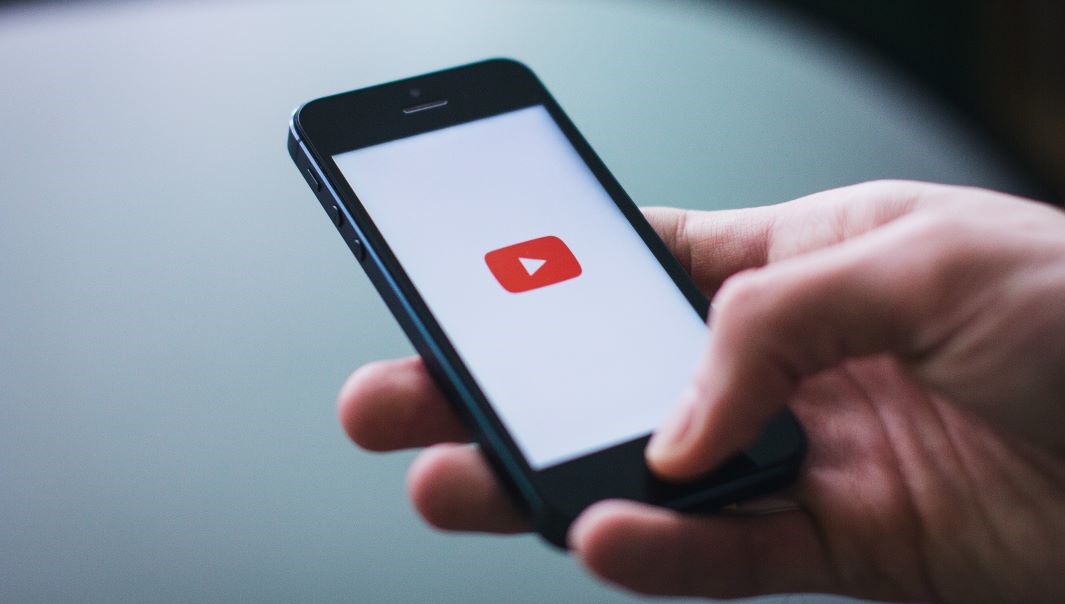Digital advertising is perhaps as prone to clichés and buzzwords as any other tech industry, but just because a phrase or idea has become a cliché doesn’t necessarily mean it’s stopped being true or important to adhere to. Here Patrick Kelly, head of specialist sales at Oath, outlines three video ad clichés, and explains why they are actually important rules to follow.
Just as consumer behaviour and appetite for video is evolving, marketers can’t lose sight of the basic foundations of a good campaign. Phrases such as ‘context is king’ or ‘reaching the right person at the right time’ may be dated clichés but they’re the very components that help marketers achieve effective reach.
Having good creative is a significant part of the battle, but even the best content falls short if it isn’t supported by the right insight and strategy to reach the right audiences.
Here’s some clichés marketers can’t risk ignoring when planning their next digital video campaign.
Context is king
Understanding where your audience will be and what’s relevant to them at that point in time is essential information when planning a campaign.
Looking back to last year while browsing updates on Wimbledon, I came across an ad from Stella Artois. Yes, the beer brand could have advertised against football content or around a spoiler for Game of Thrones and reached a relevant audience, as well as achieved the same, or greater scale.
But given it was a sponsor of the tournament, choosing to buy across contextually relevant tennis content meant that the brand could achieve effective reach. This enabled the brand to connect with an audience (in this case me) beyond those consumers that attended the tennis, by tapping into the hype and advertising against relevant content and games on the run up to, and during, the event.
In a similar vein, gambling brands would have had a field day last week with the Cheltenham Festival – honing in on opportune moments to reach large numbers who are actively looking to engage.
Our recent Brand Love survey backs up this point and emphasises that context really is king. It found that advertisers that use different ad formats alongside original content, that is contextually relevant, have seen as much as a 50 percent increase in brand admiration.
It may sound obvious but there are still brands that are losing out by chasing reach alone. There is however, more to a successful campaign than attributing spend to the biggest tournament or milestone. Marketers need to define their brand’s individual parameters for contextual appropriateness. What works for Stella Artois wouldn’t necessarily work for Strongbow or Budweiser – it has to be in line with the brand’s overall objectives, style and tone of voice.
Right person, time and message
Not all brands are able to align their campaigns contextually. Targeting the right person, at the right time, with the right message is another good way to make sure your reach is more effective.
The right time to reach a consumer is commonly considered to be the time of day or week. But leveraging broader emotional life stages can have a great deal of impact too. For example, IKEA could engage with first time buyers in specific locations with tailored creative – i.e. space saving options for inner city apartments – helping to increase conversion rate.
Conveying a message is down to compelling creative and knowing your audience’s interests and priorities e.g. a new dad hunting for the right nappies. First time parents will pay premium costs for the best nappies. A company like Pampers is likely to be on the radar due to 20 years’ brand building. But targeting can help ads stand out to the right people, at the right time and mean more. Combining this with the knowledge of people’s attention span and the context they will be in is crucial. Serving someone a six-minute video on mobile could resonate in the right circumstances, whereas with a different demographic or placement, a more snackable piece of content could be more effective.
Delivering against all three can be difficult and could impact the campaign’s reach. While challenging, getting at least two of these elements should be the aim of any marketer as it will help the effectiveness and reach of a campaign.
The devil is in the detail
Having media partners that understand your business objectives and that go above and beyond vanity metrics is essential.
The challenge may be that the video creative only makes sense after 20, 30 or even 60 seconds. If this is the case, it’s crucial that creative reaches the right people and that it is agreed at which point a consumer will get the message. This way you know every impression you are paying for has effectively got your point across.
We may joke that marketers often use clichés but there’s no denying that those outlined still resonate. Brands should consider what they’re trying to achieve – reach or effect – and weigh up the potential outcomes of both to achieving those objectives.





